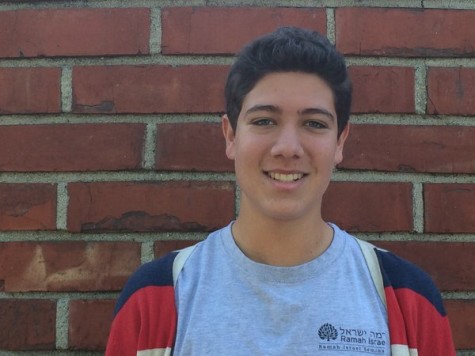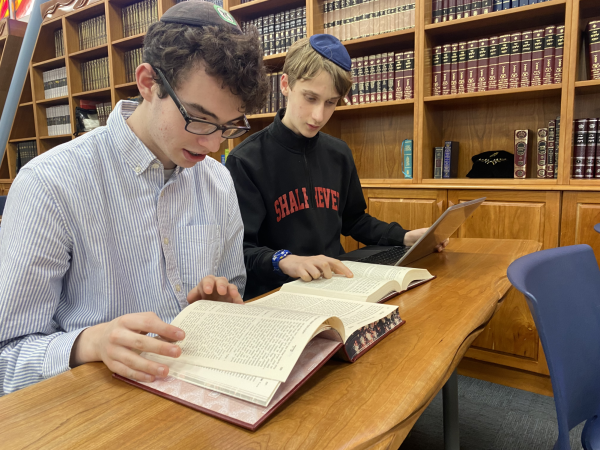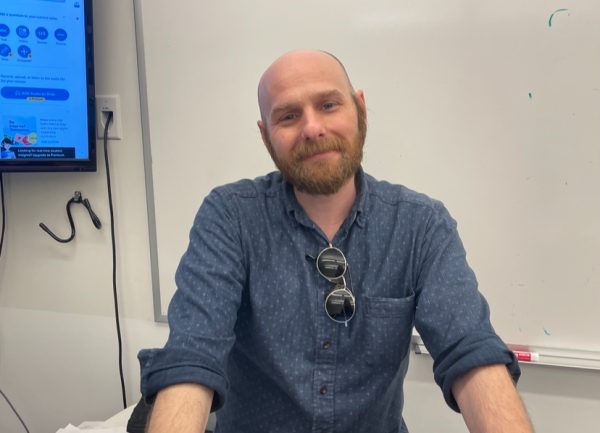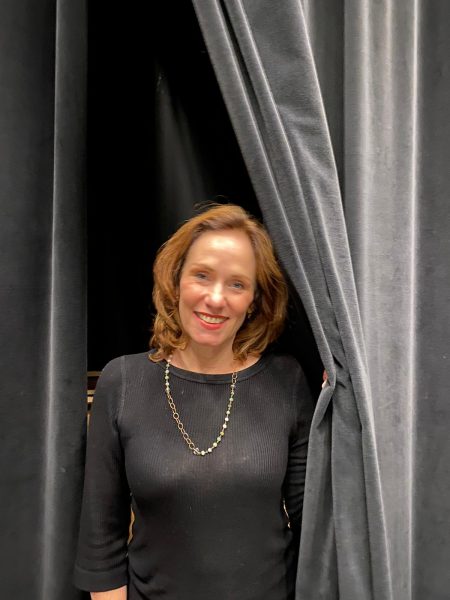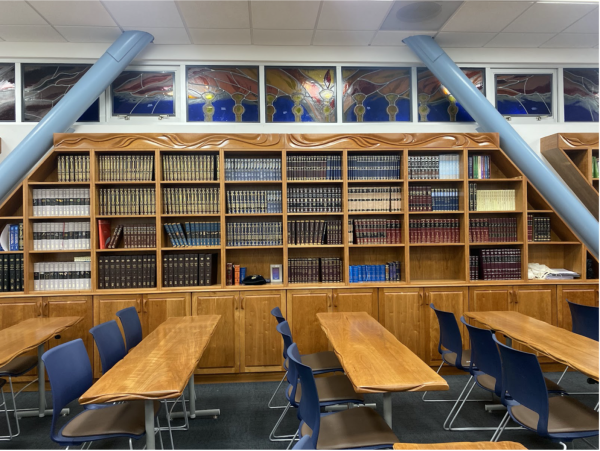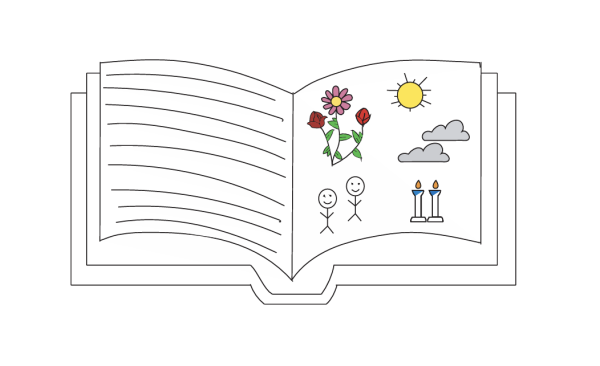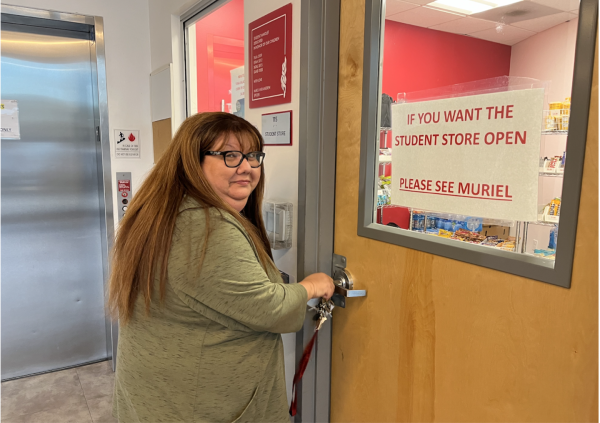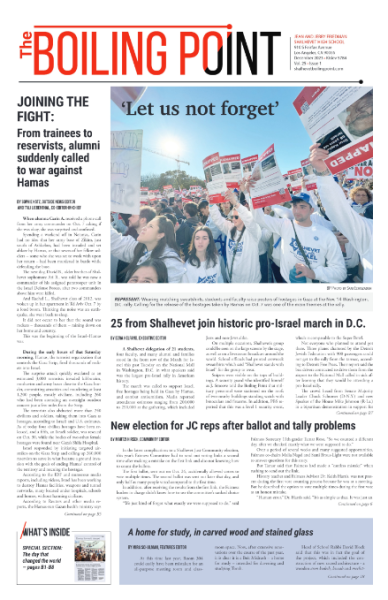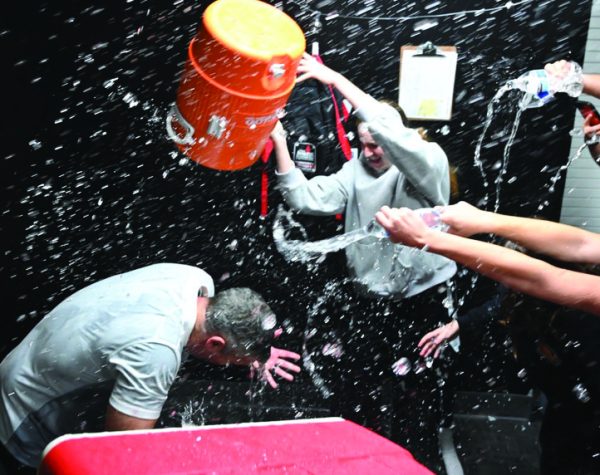Female ordination a ‘ruse,’ says spokesman for Agudath Israel
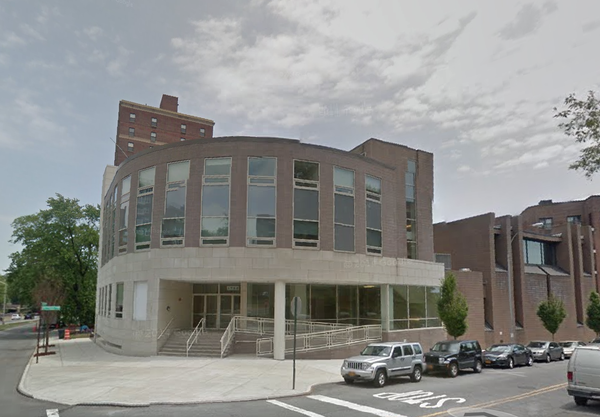
LEADERS: Yeshivat Maharat in Riverdale, New York, where Alissa Thomas-Newborn is studying for ordination, though not as a rabbi.
February 10, 2015
The Boiling Point interviewed Rabbi Avi Shafran, Director of Public Affairs and spokesman for Agudath Israel of America, to learn why some factions of Orthodox Judaism do not support women holding clergy positions even when not identifying themselves as rabbis. Rabbi Shafran was suffering from laryngitis and asked for the interview to take place via e-mail.
The interview was conducted by Torah Editor Noah Rothman.
BP: Most Orthodox synagogues today have learned women who sometimes give shiurim. In Los Angeles, the Modern Orthodox shuls have also invited yoetzot halachot [halachic advisers on niddah issues] to speak and to assist their congregants.
So why would a synagogue be reluctant to host a woman scholar who is or is becoming a “maharat,” when they are not reluctant to have other women scholars speak at their shuls? Especially since they are not claiming to be “rabbeim,” but rather establishing a new clergy / leadership position that did not exist before?
Rabbi Shafran: I obviously can’t speak for any particular shul, but it would seem that the one at issue must have come to realize that a “maharat” or “maharat in training” is part of a movement to change the time-honored mesorah of Klal Yisrael, which includes not “ordaining” women. It isn’t an issue of a knowledgeable woman giving a shiur, but of a representative of a movement that misrepresents itself as Orthodox trying to insinuate itself into an Orthodox shul.
The “maharat” title is universally and correctly understood as a ruse, instituted when the original “rabbah” proffered by an “Open Orthodox” leader was roundly condemned (including by the Rabbinical Council of America). There is no theological or practical difference between “Open Orthodoxy” and the Conservative movement. And so its institutions are reasonably treated as non-Orthodox. The very name of the movement implies that the rest of Orthodoxy is “closed.” Which it is, to innovations that no respected Torah leader of any part of the Orthodox spectrum has sanctioned.
BP: Considering that the percentage of Jews who are Torah/mitzvot-observant is relatively small, are you concerned that this type of action would cause unnecessary divisiveness at a time when Jewish unity is so important?
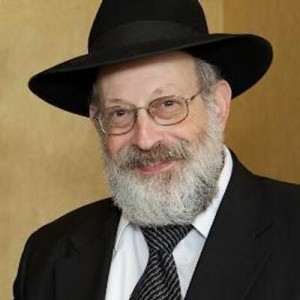
Rabbi Avi Shafran
Rabbi Shafran: It most certainly does, but that divisiveness was and is caused by the movement that insists on calling itself Orthodox when, by any rational measure, it is not. There are times when a principle – whether it be free speech or assembly, or consumer protection, or (as here) truth in labeling – has to be defended. And that may cause divisiveness. But the fault lies with those who try to bend the principles beyond their breaking points.
BP: Why can’t each shul decide for itself, each community or rabbi decide for itself — why is it necessary to “take action” and not let certain woman scholars speak.
Rabbi Shafran: I’m not sure what this question means. Presumably the shul did decide for itself (even if it consulted with others – if that’s the case; I can’t know).
BP: Do you think this will evolve with time and that synagogues might eventually soften their stance, as they have with women’s learning in general compared to several generations ago?
Rabbi Shafran: I lay no claim to nevu’ah [prophecy]. But I do have a hope: that truth will win out, and all Jews will realize that the Open Orthodox movement is open (to most anything) but in no way Orthodox.
BP: Do you (or Agudath Israel) support girls learning Talmud?
Rabbi Shafran: We are a tradition-minded movement and so we don’t support changes in the educational norms that have characterized Torah-true Jewish society for centuries. But we don’t actively criticize institutions that follow their own lights in such things.
BP: Do you think a shul that endorses a yoetzet halacha is not an Orthodox shul?
Rabbi Shafran: I don’t think a shul’s Orthodox affiliation is challenged by having a halachically knowledgeable woman provide information to Jews.
BP: Do you oppose the existence of a post-college program offering women four years of study of halacha and Gemara?
Rabbi Shafran: We would not endorse such a program but here too, we don’t make a point of criticizing others unless there is some violation of “truth in advertising,” as there is with “Open Orthodoxy.”
BP: Do you lump Modern Orthodoxy together with Open Orthodoxy, and where do you draw the line?
Rabbi Shafran: The phrase “Modern Orthodoxy” means different things to different people and different things in different contexts. It once referred to groups like the Orthodox Union or the Rabbinical Council of America or Yeshiva University. Those groups/institutions are certainly not in the sphere of “Open Orthodoxy.” Which is why it chose a new descriptive word – “Open” – to describe itself.
BP: You said that part of the issue with Maharat is mesorah (tradition). In that case, why is it okay for women to study Talmud when their grandmothers and mothers most likely did not?
Rabbi Shafran: There are several differences here. Firstly, there have always been yechidot [individual women] over history who were Talmud students and even scholars. It might be more common for a woman to aspire to that today, but the difference is quantitative, not qualitative.
Further, what individuals do as individuals is in a different category from what an institution as an institution endorses. So a movement or institution that endorsed women learning Talmud as an ideal might be said to be skirting the mesorah, but individual women are not prohibited from learning things that may not have traditionally be taught to women.

